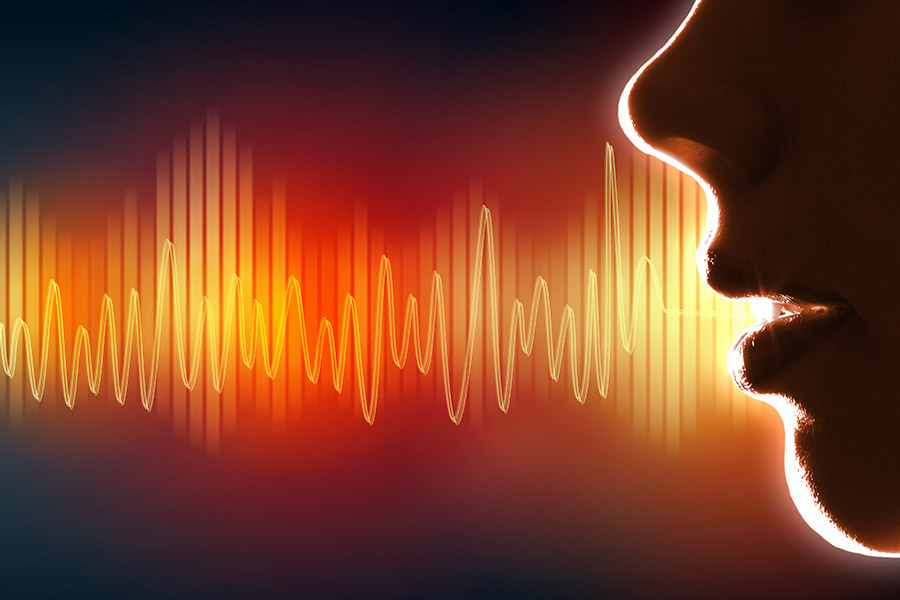Does the voice get old?
April 07, 2021
In Taiwan's aging society, the issue of aging has always been of concern to us, and sound is an important tool for us to communicate and interact. The aging of the physiological structure of the vocal folds also affects the nature of the sound. If we need to prevent the body’s bones from aging, does sound also need to be maintained or slowed down the degree of aging? This study investigated the sound characteristics and vocal fold vibration patterns of young, middle-aged, and older people through the analysis of the electroglottographic signal. It was found that as age increases, the pitch decreases in females, and the contact quotient of the vocal folds increases. As the aging of sound begins at approximately 40 or 50 years of age, maintenance should start early. Have you ever had the experience of being able to guess the age of a speaker from the moment you pick up the phone? What are the factors that allow us to guess the age of a speaker without seeing his or her face or body shape? In fact, our voices conceal many physical and physiological traits that allow our brains to distinguish between men and women in just a few seconds. As our age increases, the mucosal glands and muscles of the vocal folds will tend to atrophy and lose their original elasticity, while the thyroid cartilage and articular cartilage will experience calcification. These physiological changes make older people's voices more unstable. Such instability is reflected in the acoustic properties of jitter and shimmer, both of which are much higher in older people than in younger people; in addition, older people's voices have a lower HNR, meaning that they sound rougher. This study used electroglottography instruments (non-invasive, adhesive transducers on both sides of the thyroid cartilage plate) to explore changes in female vocal fold vibrations. Changes in the endocrine system after menopause can cause vocal fold edema, making the voice of older women appear lower and deeper in the female population particularly. This study recruited women from the younger cohort (20-44 years old), the middle-aged cohort (45-64 years old), and the older cohort (65-85 years old) to pronounce the vowel /a/ with self-defined high, medium, and low pitch. The results of the study showed that the vocal folds of the younger group were fast-closing and fast-opening, while the middle-aged and older groups were fast-closing and slow-opening. As for the contact quotient of vocal folds, the value of the older group was significantly higher than that of the young and middle-aged groups. In terms of the sound frequencies produced, the mid pitch defined by the middle and older age groups and the low pitch defined by the younger group have similar frequency values, echoing the effects of changes in physiological structure on the sound range. The value of this study is that we found that normal aging of the voice starts around the age of 40 or 50, which can help in future medical diagnosis and voice maintenance by the change of vocal fold vibration patterns. Source:https://asa.scitation.org/doi/10.1121/1.5119127

